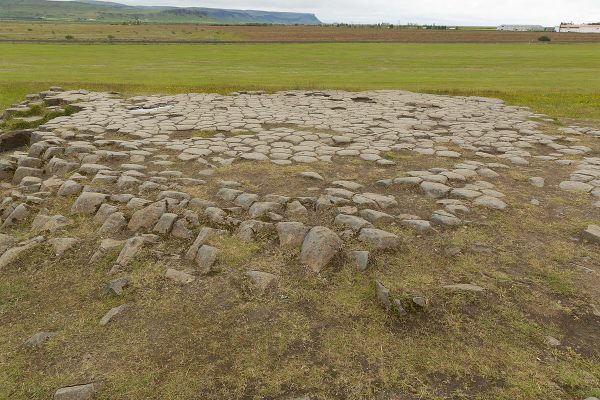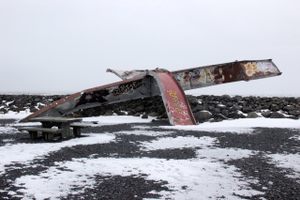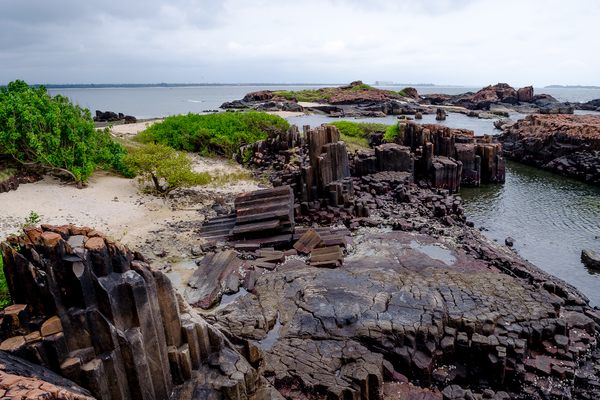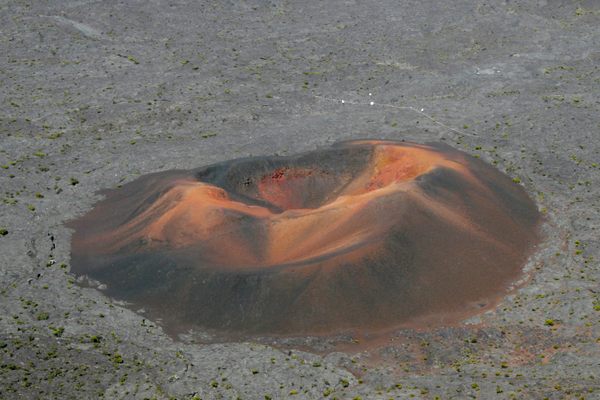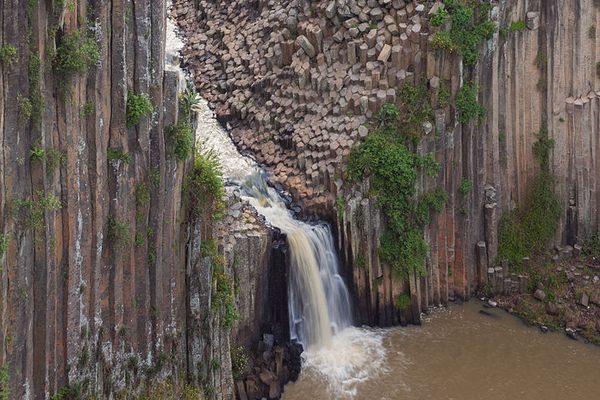About
Spread over 80 square meters and surrounded by meadows, Kirkjugólf Basalt Columns seem so out of place that for a long time, these columns were thought to have been the floor of a church that no longer exists. This belief was not completely implausible, considering that the first settlers on the island were probably Irish Hermits. If this had been the case, they would most likely have built a church. These are all conjectures, but even if proven true, it is now clear that Kirkjugólf Basalt Columns was definitely not a human creation, but a natural one.
Like basalt columns elsewhere in the world, those in Kirkjugólf are the product of lava cooling. As lava cools, it contracts, and as it contracts, it cracks. The cracks start at the very bottom of the lava field and travel vertically to the top, a process that results in the creation of columns. Sharp contours and repetitive patterns make these sites seem like they were sculpted by a human hand.
Descriptions of the Kirkjugólf Basalt Columns often report that they consist of hexagonal columns, but even this detail is misleading, for there is no shortage of pentagons, heptagons, and octagons. Yet, in spite of the variety of shapes (or more likely because of it), these columns fit in perfectly next to one another, leaving only a narrow, consistent gap between them.
Of note, the nearby village of Kirkjugólf was named after the basalt columns, and it literally means “the church floor.” Following the discovery of its natural origins, the basalt columns were given the less-imaginative name of “Kirkjugólf Natural Monument.”
Related Tags
Know Before You Go
The church floor is a few minutes walk up a gravel pathway from the parking lot to the basalt formation. You will pass Hildishaugar or Hildir’s Grave Mound on your way.
Iceland in Summer: Journey through the South Coast & the Westman Islands
Explore Iceland's Myths, Wonders, & Landscapes.
Book NowPublished
July 21, 2023




